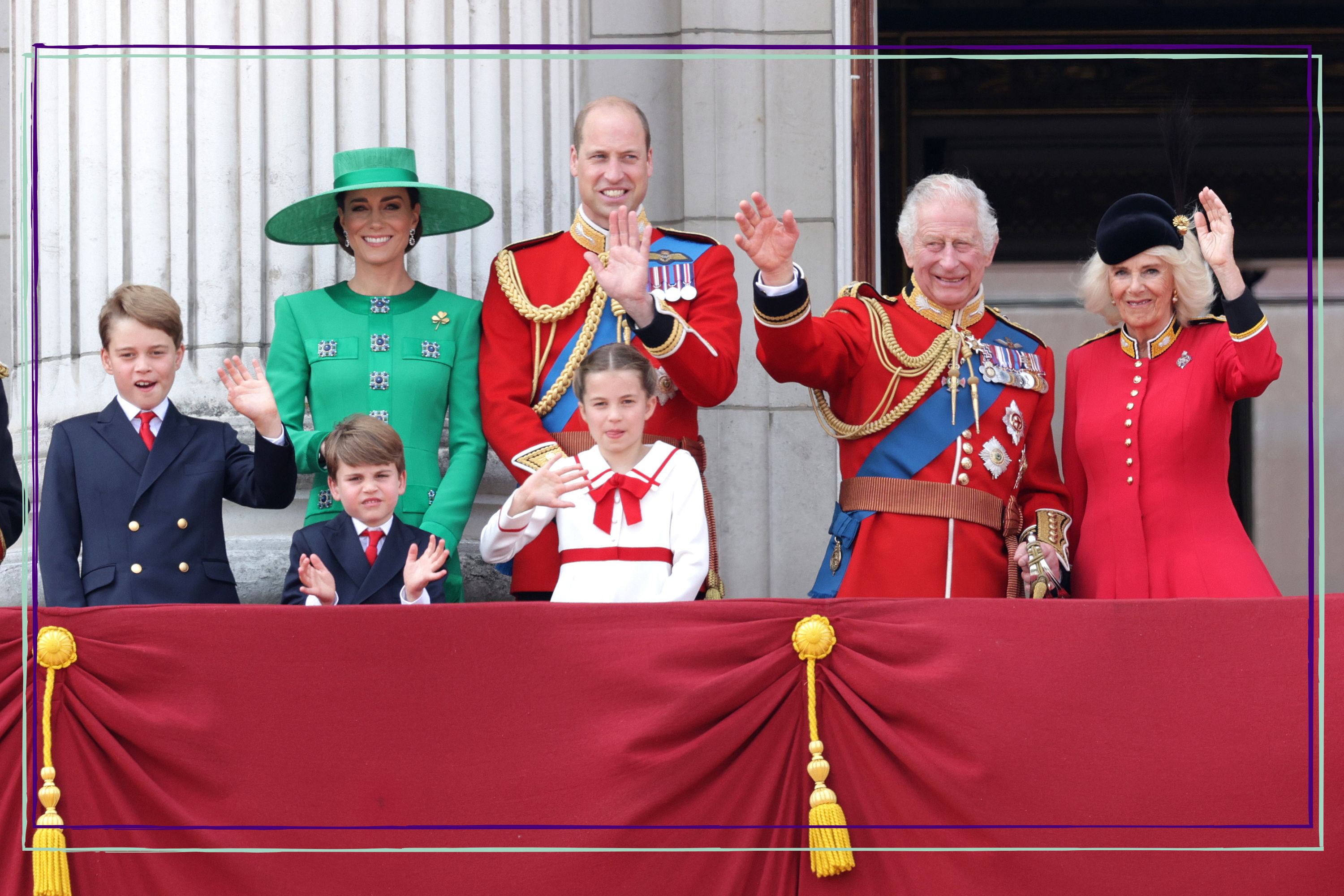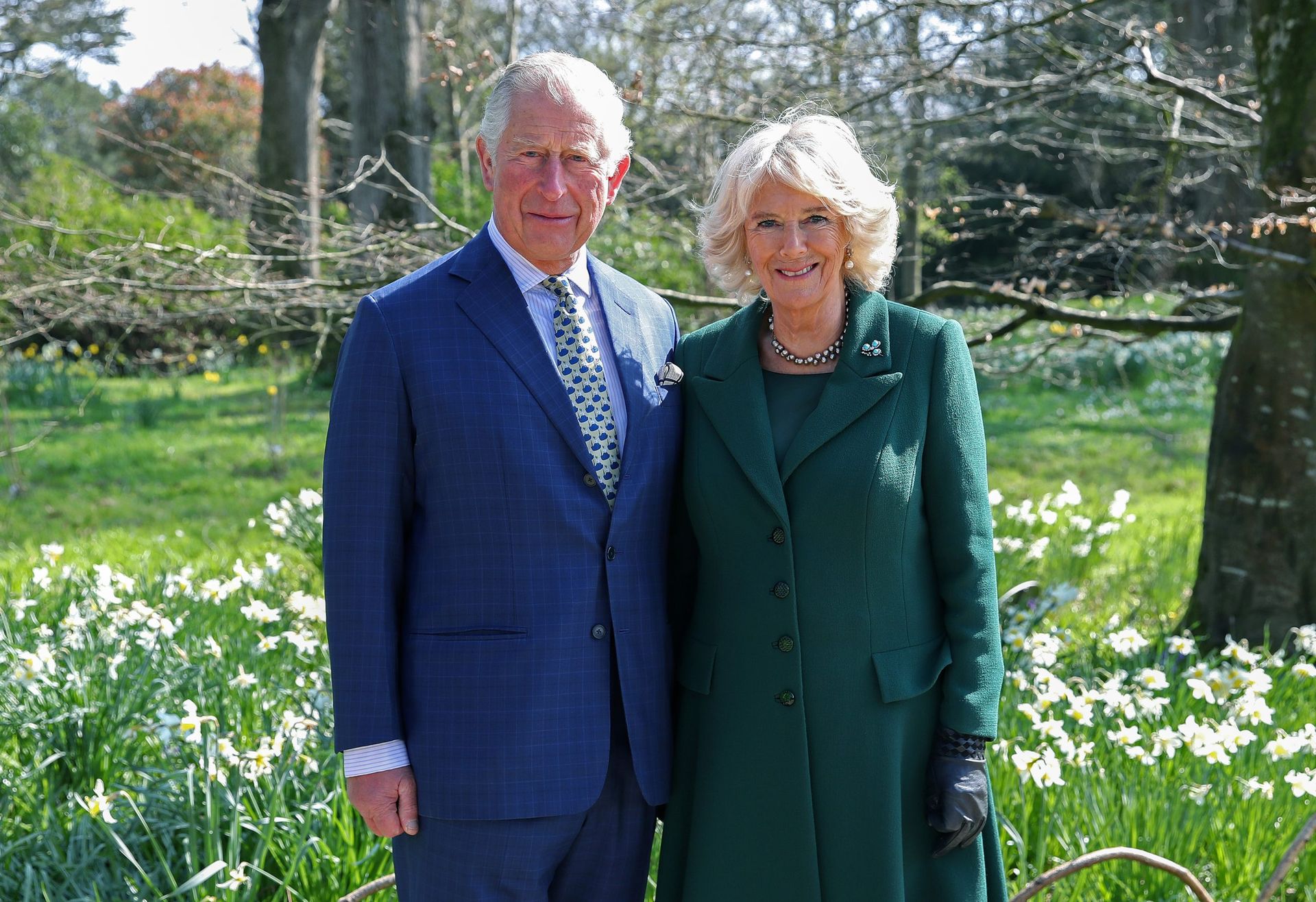King Charles III & Royals' Heights: A Detailed Look
How much does the physical stature of a monarch truly matter, or is it merely a superficial detail in the grand tapestry of history? The heights of kings, though seemingly trivial, have often intertwined with perceptions of power, authority, and even the very legitimacy of their reigns.
From the imposing presence of Edward I, known as "Longshanks," to the meticulous image crafting of Charles I, the physical dimensions of rulers have resonated throughout the centuries. The question of height has served as a window into the cultural norms, societal expectations, and individual insecurities that have shaped the lives and legacies of those who have worn the crown. King Charles III, for instance, stands at 5ft 10 inches, a height that, while respectable, places him in the shadow of historical figures whose physical statures were perceived as reflections of their regal authority. His predecessor, his mother, Queen Elizabeth II, did not place much significance in her height, instead she was considered as a queen of grace and immense power.
| Full Name | Charles Philip Arthur George |
| Born | November 14, 1948 (Buckingham Palace, London, England) |
| Reign | September 8, 2022 Present |
| Spouse | Camilla, Queen Consort |
| Children | William, Prince of Wales; Prince Harry, Duke of Sussex |
| Height | 5 feet 10 inches (178 cm) |
| Military Service | Royal Air Force (1971), Royal Navy (1971-1976) |
| Education | Gordonstoun School, Trinity College, Cambridge (B.A.) |
| Coronation | May 6, 2023, Westminster Abbey |
| Current Titles | King of the United Kingdom and the other Commonwealth realms |
| Ancestry | House of Windsor |
| Father | Prince Philip, Duke of Edinburgh |
| Mother | Queen Elizabeth II |
| Reference Website | The Official Website of the British Monarchy |
The lineage of English monarchs, stretching back centuries, reveals a fascinating interplay between height and historical narrative. Edward IV, a towering figure at 6'5" (198 cm), and even reaching 6'7" (204 cm) in armor, left a lasting impression. His imposing stature may have contributed to the perception of his strength and authority, influencing how he was viewed by contemporaries and shaping his legacy. In stark contrast, Charles I, whose reign was marked by political turmoil and ultimately, execution, grappled with his own physical presence. He, like many of his time, believed that a king's height directly reflected his divinely ordained status, and the available information suggested the importance that he placed on his image. Its been suggested, for example, that efforts were made to enhance his perceived height in official portraits. This obsession with his own physical image underscores a broader point: the ways in which monarchs have sought to project power and control through their very bodies.
- Tmnt Names Colors More Your Guide To The Teenage Mutant Ninja Turtles
- Ximena Model More Latest Updates News You Need To Know
The notion that a man should be taller than his wife has also played a role in the public perception of the monarchy. Before the marriage of King Charles III to Princess Diana, for example, there were public efforts to ensure that Charles appeared taller in photos. This effort to conform to societal norms highlights the delicate dance between personal lives and public images. In recent times, The Prince of Wales (Prince William), is the tallest member of the royal family and is poised to become the second tallest king in the last 300 years. His height, as royal commentator Wesley Kerr pointed out, places him in the upper echelons alongside Edward I, Edward IV, and Charles II.
Delving further into the past, the story of Charles I offers a poignant example of how height, or the lack thereof, could become a significant issue. Born in 1600 in Fife, as the second son of James I, Charles's accession to the throne in 1625, was contingent on the death of his older brother, Henry. He believed that kings should be physically tall, to reflect their status as divinely ordained rulers, but for Charles, this was a source of insecurity and obsession. This belief led him to meticulously craft his image. The official portraits, the visual propaganda of the time, were carefully constructed to enhance his perceived height, a testament to the importance of projecting authority through physical appearance.
His reign was marked by a constant struggle for power, culminating in the English Civil War. The conflict eventually led to his defeat and, in a dramatic turn of events, his execution in Whitehall in 1649. The outcome of the war, and Charles's subsequent execution, is a stark reminder of the consequences of power struggles and the complex relationship between a ruler and their people.
- Amsterdam Schiphol Airport Guide Maps Transfers More
- Maui In October Weather Activities Best Time To Visit
Consider the reign of Edward I, also known as Longshanks, who stood at an impressive 6 feet 2 inches (188 cm). This was a remarkable height for the medieval period, and it undoubtedly contributed to his imposing presence. His nickname, Longshanks, became a fitting descriptor of his stature, leaving a lasting impression on contemporaries. His physical presence went hand in hand with his military prowess and his strategic acumen, contributing to the expansion of the English realm.
The reign of Charles II, who ascended to the throne after the tumultuous years of the Commonwealth, presents a different perspective. While not the tallest of monarchs, he possessed a charm and charisma that won him popularity. His height was likely less relevant than his ability to navigate the political landscape and restore stability after a period of great upheaval. The height of a monarch cannot be separated from the social and cultural context of their reign. The perception of height and physical appearance would vary across different historical eras, reflecting changing ideas about power, status, and ideal leadership qualities.
When examining the royal family today, it's crucial to acknowledge the role of women. Catherine, the Princess of Wales, stands at 5ft 9in, a height that places her among the taller women in the family. The fact that Queen Camilla stands at an approximate height of 5ft 8inches tall, further demonstrates that height is not the sole factor in public perception. The women of the royal family, even the Queen Consort, often embody the values of grace and quiet strength.
It's also interesting to note the growing heights of the younger generation. Prince George, the eldest son of Prince William, seems to be growing fast, and he is almost reaching his mother's height. This observation highlights the ongoing evolution of the royal family and the changing perceptions of height within the context of modern society. The fact that King Charles's sons, Prince William and Prince Harry, are taller than him, is a testament to the dynamics within the family.
Additionally, one must consider the influence of cultural and social norms. During the reign of Charles I, the dates in England followed the Julian calendar, meaning they were approximately 10 days earlier than those used today. England did not adopt the Gregorian calendar, the one used now, until 1752. It is also important to consider the potential for visual manipulation through the use of formal portraits and images. Charles I, for example, used this as an instrument of projecting an image of power. His official portraits often made him appear taller than he was in reality, showing the deliberate effort to shape his public persona.
In conclusion, the heights of monarchs, although seemingly a minor detail, provide insight into the complexities of power, image, and the ever-changing nature of history. From the towering stature of Edward I to the meticulous image-making of Charles I, these physical attributes have had a lasting impact on the perceptions of their reigns. The changing heights within the current royal family, together with the evolution of social norms, continue to highlight how these perceptions evolve in the modern era. It becomes quite evident that the height of the King is not the sole attribute in defining the essence of the monarchy, it is just one aspect of a far more complex picture.

How tall is King Charles, Prince William and the rest of the Royal Family? GoodtoKnow

How tall is King Charles? British monarch was reportedly shown to be taller than his actual

How tall is King Charles, Prince William and the rest of the Royal Family? GoodtoKnow